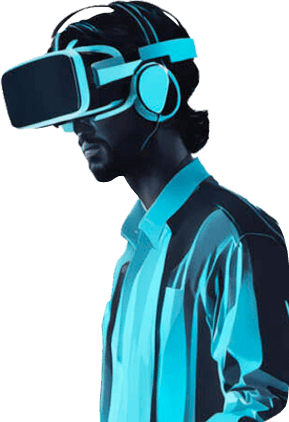Upskilling the Workforce with Augmented Reality
My operators are in the control room every day, and they have had formal training. So they should be prepared to handle upset and emergency conditions, right?
Not necessarily, no.
This is both practically and scientifically invalid, as all learning falls somewhere on a curve over time. Even a cursory search for “learning curves and training” presents articles like this one. How, when and what the training consists of will have a significant impact on the effectiveness of the training. There are various stages according to this article, depending on when a person is trained.
- Anxiety Stage
- High Retention, hyper-focus
- Information Overload
- Low-retention, the “glazed eyes”
- Knowledge Formation
- Higher Retention, with the ability to perform more effectively
- Optimum Performance
- Highest Retention, along with the ability to apply the training
This all makes sense, right? Think about any job you have ever been hired for that required training. Anxiously vigilant to start, but then it all becomes overwhelming. As you gain experience, subsequent training is applied, building on the base of knowledge. Then you hit that next level, where the training is adding to the base of experience you have gained, and can now be practically applied in whatever role you fill.
One could argue that this is a success, but it begs another question…
How long did it take to achieve this level of proficiency using traditional methods?
(When I say traditional, I do mean classroom instruction with slide decks and shadowing more experienced personnel.)
Mitigating the turnover risk by engaging employees sooner
People tend to overuse the word “engagement”. It has a buzzword sort of quality like “synergy” (ugh…), and often lacks any meaning. So how can an organization use augmented reality to increase engagement?
According to this article by SHRM, employee engagement is more than just personal happiness, but about whether or not the employee feels as if they are advancing the organization’s goals. The ability to develop confidence and proficiency quickly in any career will have a direct impact on how quickly an employee will transition into this space of feeling like a contributor.
Not only does augmented reality feel inherently engaging due to the nature of the technology (think of it as a simulated contribution), but will ultimately bring the employee across that threshold of necessary cost to a valuable member of the team.
Long-term engagement and cross-training
Development of initial training for employees is one thing, but keeping them constantly engaged and moving forward over multiple years is another. After all, how long can an operator work on one process area before boredom and complacency set in? Go ahead and Google “workplace complacency”, and you will find dozens of articles like this, highlighting the criticality of addressing workplace complacency. The safety of your people and the ability to produce at a high level are factors impacted by complacency.
One way to combat this is cross-training in multiple areas of the business and operations. Developing friendly competition in operations and engineering to grade operator responses in augmented reality simulations. This keeps people on their toes and fosters a sense of camaraderie, with the core focus on advancing the goals of the organization.
Friendly competition is a very healthy way to enhance productivity. When Toyota implemented their Kaizen strategy around production, they saw not only a significant decrease in waste an inefficiency, but they noted the unintended effect of friendly competition driving even greater results. After all, if I am on a production line against my peers, I want mine to be the best, right?
While this is anecdotal, one of my customers in the food and beverage space is a former manager of multiple Coca-Cola plants. When they implemented metric visibility and OEE (Overall Equipment Effectiveness) across their plants, production went up by 8{66f7997927a862c9f57ec7dffc6a2fe6d405caee7001dff533b976d48fe118b1}. Nothing had changed in terms of equipment, but the simple awareness of the metrics naturally drove a competitiveness across the plant, and people just worked more effectively.
Augmented Reality is a crucial engagement tool
According to Forbes, employees can learn by doing, which is critical for training the next generation of industry leaders. Training costs are reduced over time as training can be performed without instructors in an augmented environment.
Retention of information is considerably higher (75{66f7997927a862c9f57ec7dffc6a2fe6d405caee7001dff533b976d48fe118b1}) when training allows for “doing”. Compare this to the traditional audio/video, with retention rates hovering around 20{66f7997927a862c9f57ec7dffc6a2fe6d405caee7001dff533b976d48fe118b1}. The more proficient and capable operators and engineers are in different areas of the business, the more adaptable the business will be to change. Vacations, turnover, illness and retirement are all issues that can throw a wrench into day-to-day operations, but an engaged and diligent workforce with access to the latest training technology is going to find themselves on the receiving end of competitive advantages.
After all, you can either throw on a set of augmented reality glasses and get to work, or rock through those PowerPoint slides in between coffee breaks. I know which one sounds more appealing to me.







